7 more old tools almost no one uses anymore
The evolution of the automobile has been non-stop from the moment Karl Benz first threw the flywheel ’round on his Patent Motorwagen. The technology, process, and tools needed to keep cars running have evolved from the adjustable spanners and flat head screwdrivers to complex, hyper-specific specialized tools that spend more time laying in toolbox drawers than being used. Some old tools have stood the test of time while others have faded from common use.
We are tool hoarders ourselves, and objects designed for utility that are still functional will always have a place in our box but it is interesting to look into the corners of the toolbox and see what tools are getting less and less use over the years. Whether due to an improved design usurping the use of an older tool, or the task a specialty tool was design for becoming less popular due to car construction and use changing, tools evolve as quickly—if not more—than the car itself. Here are seven examples of tools that are no longer the toolbox staples they once were—for better or worse.
Bumper jacks
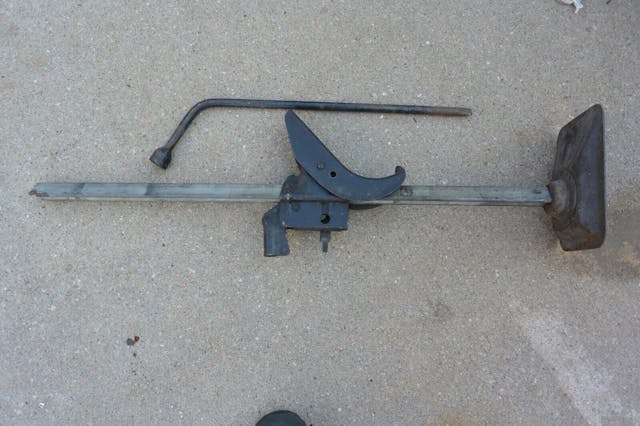
In a world of bumper covers, the thought of attaching a lifting mechanism to the exterior of your car and using it to lift the vehicle is some type of strange fever dream. It wasn’t always that way though. Flat tires have been around longer than the automobile and the need to pick up the car followed right along. Bumper jacks are good in concept but the lack of any safety catch or stabilization to keep from tipping over makes them treacherous to use. They still have utility in off-road situations but that can also make use even more dangerous.
Verdict: Keep as a reminder of how far we’ve come.
Brake pliers
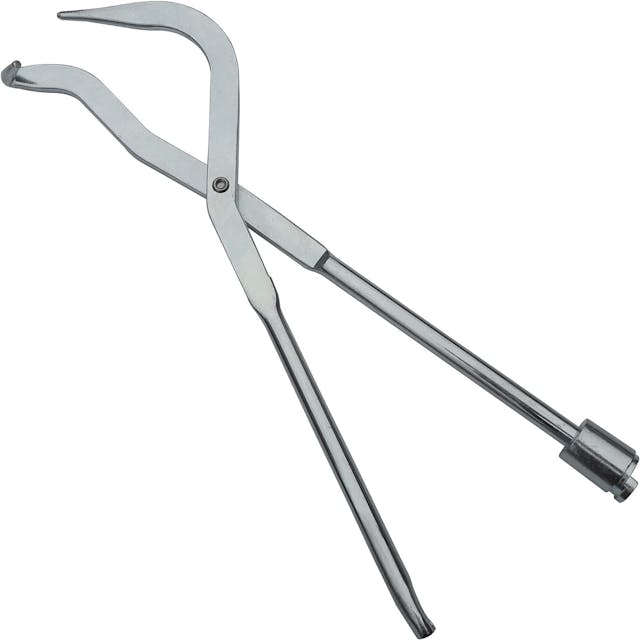
Somehow in the history of cars, there have been just two types of brakes commonly found behind the wheels: Drum or disc. Drum brakes can provide all the stopping power needed while also wearing like iron thanks to the enclosed and thus relatively debris-free nature of the design. That same design also has a handful of tension springs stretched carefully over small studs that can be serviced with groove-joint pliers and a screwdriver, but there are also brake pliers that rose and slipped from popularity right alongside drum brakes.
With modern materials and the relatively limited use of drum-brake cars, servicing drums has gotten less common to the point that while special tools can make the job easier it is only marginal and certainly not required.
Verdict: Keep them if you’ve got them but can likely pass if building your toolkit.
Growler

We aren’t talking about that curmudgeon of a mechanic who seems to only communicate in grunts and growls as the ratchet clicks to remove parts. No, the growler here is used to test the windings of a motor or generator. The armature is placed on a bed that flows alternating current into the windings. Using a ferrous rod to locate the magnetic field that will be created by a short makes for easy diagnostics. The price drop that came with the mass production and parts sharing between various models relegated these to hobby benches or the back room of specialist shops. Since rebuilding motors or alternators has become rare, these are practically a novelty.
Verdict: Keep if you’ve got the space, but often these find problems that are difficult to source parts to fix.
Vernier caliper
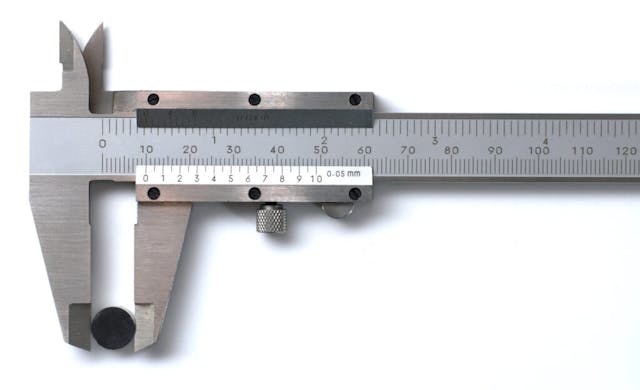
The increase in affordable precision has been quiet but amazing for at-home DIY projects. Good precision measuring devices used to be limited to the hands of skilled technicians and specialists in machine and fabrication shops. It took skill and training to properly use and read items like the vernier scale on calipers used in fabrication and precision machine work. Then digital calipers entered the market and the prices dropped year after year to the point that now a set of calipers accurate enough for most home use can be had for under $50.
Verdict: Use what you like and what works best for you. Regardless of what that is, be sure to keep any and all precision tools stored carefully to prevent damage.
Timing light
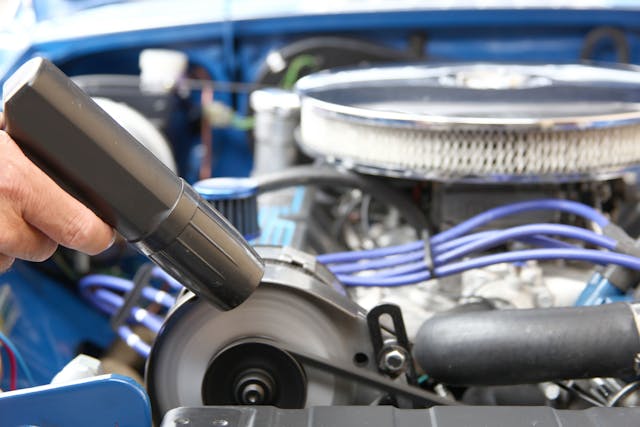
When we first wrote about tools that were fading from popularity last year, the comments section lit up with the suggestion that timing lights were left out. It’s been decades since a car rolling off the assembly line featured a tunable distributor, as the ignition is often now controlled by a computer working off data provided by a crankshaft or camshaft position sensor (or both) to control the firing of individual coils for each spark plug and cylinder. Adjusting the timing of the spark in the cylinder is changed with a laptop rather than a wrench and strobe light. Timing lights have been relegated to specialist shops and DIY garages.
Verdict: Keep it if it works, but consider a modern digital light if building a vintage-focused toolset as the features and capability have come a long way since the strobes of old.
Point file
Another from the ignition side of things. Even before computerized ignition was the advent of electronic or non-points-based discharge. Long gone are the days of having to swap a set of points on the side of the road or scratch off the char of the small faces to allow the coil to charge. A points file was handy for if or when a condenser would fail or the points would otherwise get crummy enough to not allow enough current through.
Verdict: If one is already in your glovebox, keep it for nostalgia’s sake and just in case. You never know who it might help.
Brake lathe or shoe arcing machine
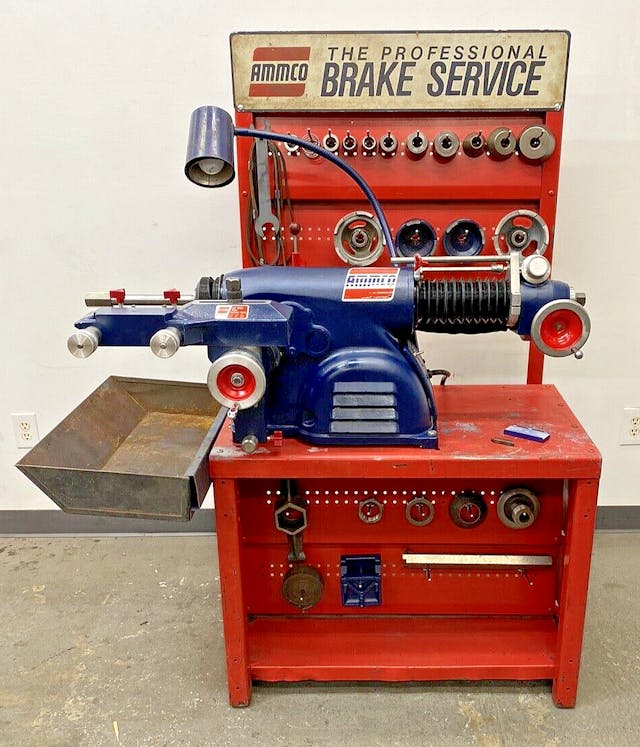
Drum brakes often have more swept area compared to disc brakes, but that additional friction material is useless if it is not in contact with the brake surface. The heat retention characteristics of drums can sometimes lead to warping that would previously be cleaned up by “turning” the drums to create a nice concentric surface around the shoes. While drums can still be found on modern cars the drums are often cast so thin that turning them is no longer an option and instead we must skip straight to replacement.
Shoe arcing machines do the same thing as brake lathes but set the radius of the friction material to match that of the drum. It’s critical for good brake performance on some vintage cars but has faded from popularity significantly due to the health concerns of grinding friction materials—especially asbestos.
Verdict: Save if you’ve got the space, or sell to a vintage shop if you don’t. We likely won’t see new versions of these tools made and they so help keep our cars safely going down the road.
***
Check out the Hagerty Media homepage so you don’t miss a single story, or better yet, bookmark it. To get our best stories delivered right to your inbox, subscribe to our newsletters.
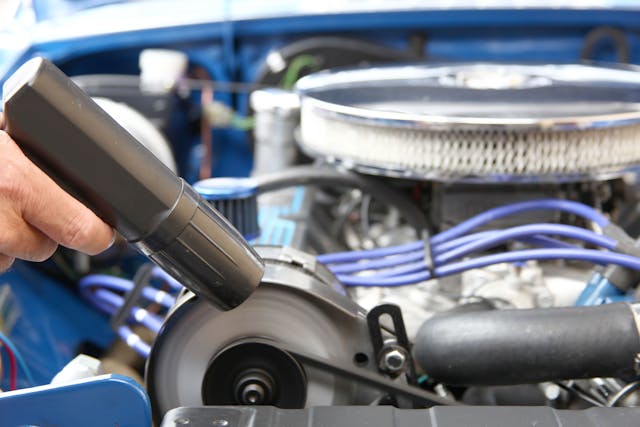
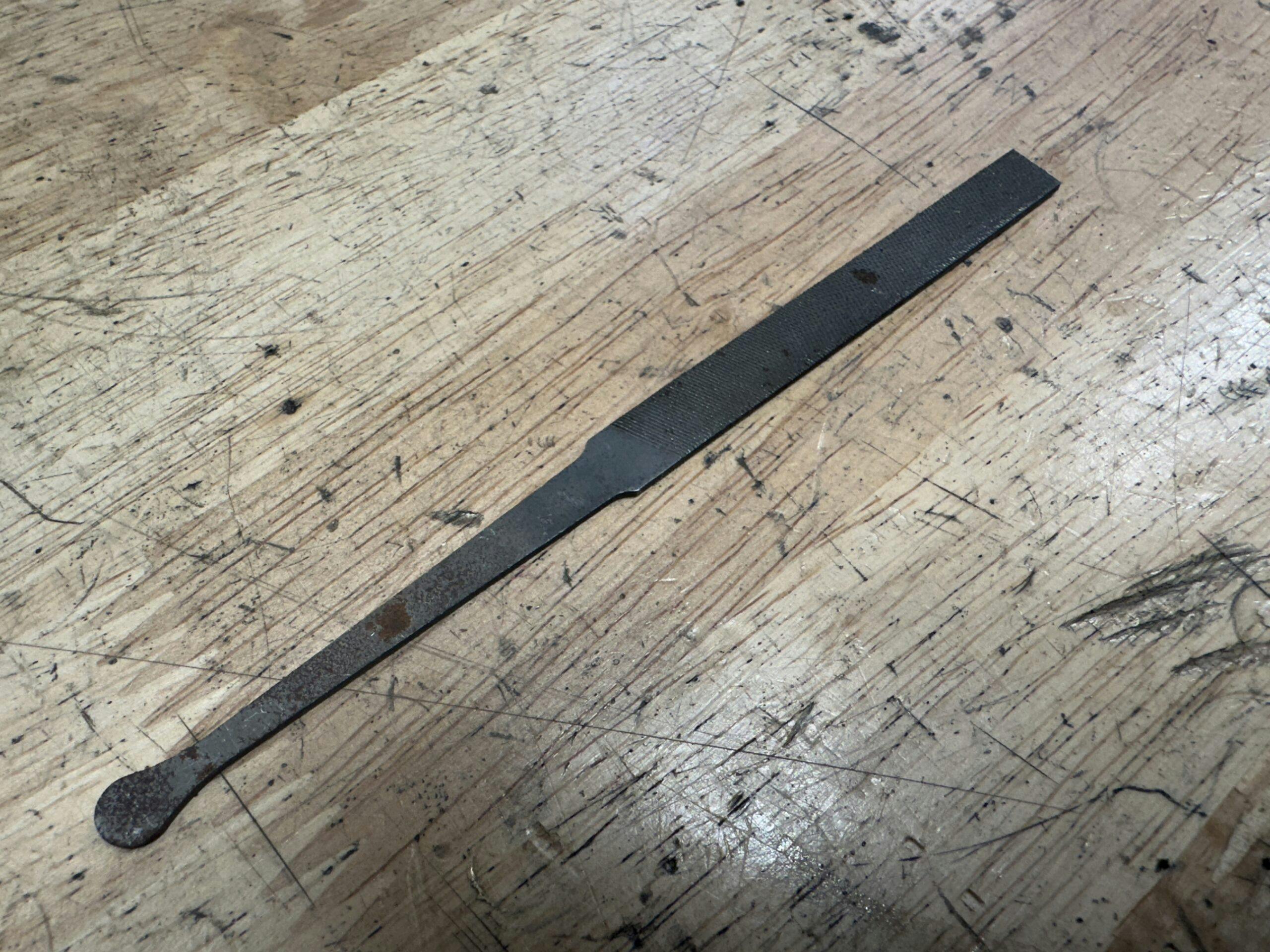



I still have most of the tools mentioned, although I will admit they have not been used for a while! Can’t throw them out, though….
There will be a lot of “What the heck is this?” said by my heirs when I die.
A quality vernier caliper is a lifetime investment you can calibrate and trust;a digital caliper is easy to read but,like any electronic device, will fail or run out of battery at the most inopportune time.
I only ever saw a shoe arcing grinder one time in my life, at St Clair Esso in Pittsburgh’s south hills 55 years ago. I always thought it was a good machine to have
Bumper jacks were especially handy for home break ins – they could easily be used to expand door framing and defeat deadbolt locks.
Also for body work. Say your 86 Olds Cutlass gets sideswiped on rear quarter pushing it into tire. Remove wheel and tire. Put foot long 2X4 inside lip of wheel opening. Foot of bumper jack against inner wheel house,
hook against 2X4. Jack until tire fits again. Not that I’ve ever had to do that.
Guess what Flatman does for a living
Funny story – a friend of mine woke up to a cold house one morning – thought his furnace had failed – on his way to the basement noticed his front door was gone – bumper Jack left behind.
I miss the days when my mechanic would turn the rotors to reface them. He also had access to reasonable used parts and would always try to save me a few $$$.
Valve grinder suction cup
That was called a valve lapping tool
I must say I either own or have used a surprising number of these tools. I am older than I thought 😯
Author potificates but doesn’t know what a brake shoe arc machine looks like
Exactly! While the machine shown CAN arc brakes, it’s not setup to do so as pictured. And, while the author goes on and on about drum brakes, the machine as shown is not setup to resurface drum brakes either. Rather, the machine in the picture is configured to resurface a rotor as can be seen by the dual adjustments for bits. (Source: 8 years as an automotive machinist).
I wondered if anyone else was going to notice that. Talking about cutting drums and showing the lathe set up for disc brakes. I think most of the shops I worked at had one.
A decent dial caliper can be wrong and you not notice it. A decent digital caliper can be wrong and you not notice it. A decent vernier is all you, you just need to be able to read it.
Exactly. Ability to read the Vernier correctly is fading away, as the micrometer and other mechanical precision tools. These tools can last forever if well kept in a safe place. No batteries needed to operate them. Still use them.
The ability to see the Vernier is fading away……… Bought them in 1966 but I haven’t looked at my Vernier calipers in years. Thank goodness for digital.
Brake pliers; “servicing drum brakes has become less common”, unless you own a JEEP Wrangler who’s parking brake is constantly seizing on and requires servicing every other week.
Exactly. Parking brakes.
great article have a lot of this old tools
There is another tool in my toolbox that hasn’t been used for decades – the GM tool with an Allen fitting and a flexible shaft used through the peephole on the side of GM distributors to adjust the points while the engine was running. Smart idea since GM preferred to place the distributor close to the firewall – and this tool was frequently used on my first car in High School – a 64 GTO. Today – my 66 GTO has a Pertronix ignition and that tool remains grease free.
Know exactly what you’re taking about – I seemed to always get zapped when using one!
Most “obsolete” tools can be repurposed for other tasks. This is only one other use for bumper jacks:
https://youtu.be/YIHVxh2vJxI
And my brake lathe has served duty as a rotisserie:
https://youtu.be/QKux2NucbUg
Well written article but based on most of the comments, the title is far from accurate.
Still have most of these tools, at least the ones that only take up a little shelf space. I NEVER liked the ‘bumper’ jacks, period. Even when the bumpers were ‘substantial’ the bumpers would deflect or bend when jacking-up the vehicle/wheel, most of the time causing at least minimal & permanent damage or a noticeable bend to the bumper brackets. The scissor-type jacks are not much better – I NEVER trust them, without FIRST putting a stand or ‘blocks’ supplement the ‘lift’ & keep me (and anyone else) safe.
It’s always better to say ‘Wow! I’m glad I did that!’ rather than – ‘Geez! I should have..!’
Yes…….Hindsight is ALWAYS 20/20 !
As to the brake lathe , that particular model does both rotors and drums , the dail on the left moves the lathe out to do rotors and the dail on the right side moves the lathe in and out turn a brake drum , you just have to change up the cutting arm. I have had mine for 30 years